-
Posts
252 -
Joined
-
Last visited
Content Type
Profiles
Forums
Gallery
Events
Articles
Posts posted by halfdollar
-
-
Thanks guys.
-
beautiful harm !!
-
I made these token wallpapers a few month's back and thought to share.....hope you like them.


-
Thanks guys

-
okay, here is the newest one

-
Very nice pickups
-
Great looking re-strike......I also love these, and have both evan's re-strikes.
I collect electrotypes too.....if I have a chance I will post them soon.
I guess I should explain the image below......lol
Its a plastic holder I had made to hold them.

-
thanks guys......I appreciate the compliments. it's one of my favorites

-
A great token which preserves so much history, both architectural & social. The weight of the loaf intrigued me, as it was clear from your picture that there was a 6 lb weight, a 1/2 pound weight plus a much smaller weight. To us, in our affluent times, the weight and cost of a loaf of bread is not that important, but bread was the staff of life back then. In fact industrialization had made it even more important as people were moved from the small farming communities into larger & larger towns & cities and had less recourse to other food supplies. Well I found this, which explains the extra weight, from a 1795 house of commons report re a 1758 Act. The household bread was a brown loaf, less refined than the wheaten, hence the difference in weight for the 2 types of shilling loaves.
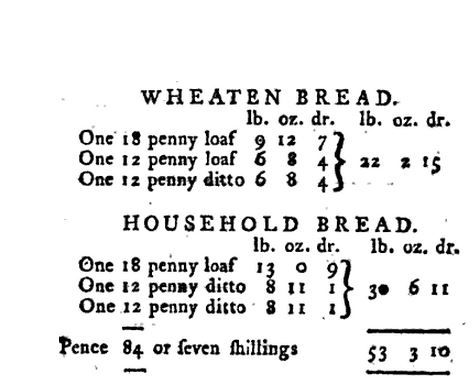
Very interesting....thanks for posting this
-
The link below provides a great wealth of information on my new Conder Token pickup.
It is a RARE Conder Token Wiltshire Holt 11 MS64BN
Along with providing a link I show an image of the old house now demolished and gone
Posted on Apr 2, 2011 in Social History, The villages |
The commercial success of spa resorts like Bath and Buxton and on the Continent, like the original Spa in Belgium, inspired the hopeful development of numerous small spas. Taking the waters for health and the associated social scene became all the fashion. Water that was rich in iron salts was found at Holt in 1688 and the supposed benefits of drinking it were promoted widely, with a book being published in London by Henry Eyre in 1731. The water was bottled and sold as far away as London.
To accommodate the visitors to the summer season at the spa, the Great House, or Spa House, was built around 1730. It was seven bays wide and three storeys high and made of brick with ashlar dressings.
By the early 19th century the spas brief career was declining and the building became a private school and later was divided up into flats. From 1868 it became a glove factory, but in the middle of the 20th century it was becoming derelict and was demolished in March 1957.
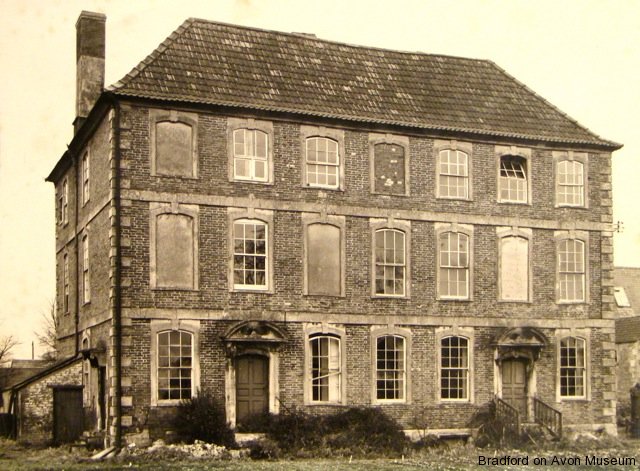

-
-
Hi Micheal........nice tokens ?
-
I have had the Match Safe for years but was able to add the double change purse, leather/ silver plate
I like it very much as it goes well with the match safe. So I decided to take some pics and make this display........hope you enjoy.
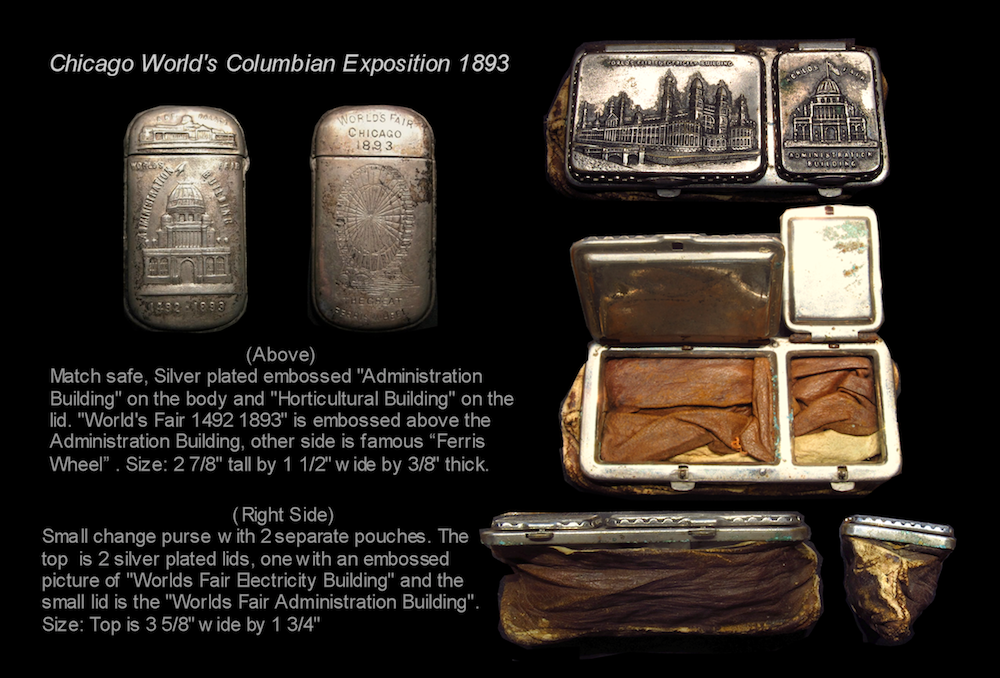
-
thanks everyone. I have been tinkering around and created a wallpaper from my images.

-
Here is something very interesting that I have been searching for many, many years.
This is a fantasy piece as Coca-Cola never produced them.......Beware there are knock off's on the market
of even these pieces!!
They are very crude and one can tell the difference, which I will show and give examples of here soon.
I bought a few of them years back and found out the hard way.......thankfully I was able to return them to the auction house.
Anyways, it really is a beautiful piece being very hefty and large. It is also reeded....My best guess through research makes me think that this is an original with case.
I also think they were produced in 1965 by the Coca-Cola Bottlers Collectors Club that had a 50th Coke anniversary to celebrate they had these struck.
Some say that these were struck in 1915, but the case construction and materials do not match any materials
from the era. Others say that these were struck in the 1970's I disagree but think the cheaper knock off pieces are.
Again I will post some more pictures to support my theory later.
There was a great article February of this year in Coin World that showed the medal and gave there theory
which I have included pictures from that article but suggest it highly as a great read! Also explains the reverse owl.
btw.....if anyone else gas found additional information as to who may have struck these and when, it sure would be appreciated.
Below is the image of my latest and long waited for 1915 Pan Pac fantasy piece and hope you enjoy it.
fron Coin World Feb.2013 online issue
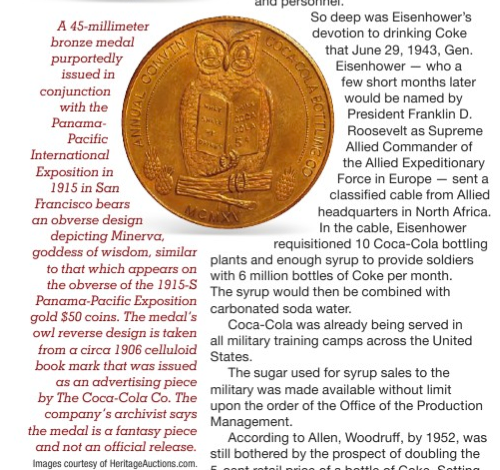


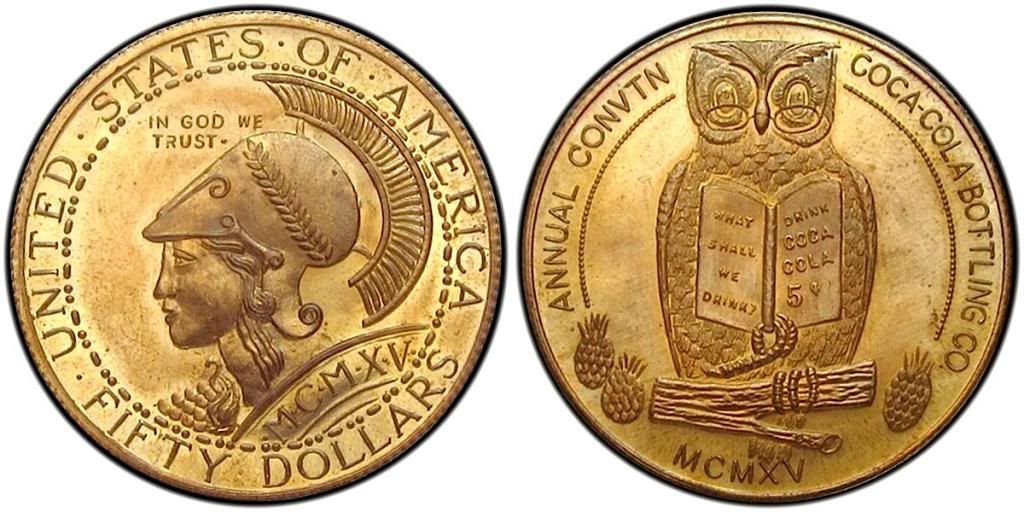
-
I would stay away from a seller with such long fingers. What if they fly out of this universe? There will be no refund...


-
coin discussion is not in this section but peter kopek you showing there is gorgeous !
I agree, that I a knock out!!!!!
-
Thanks everyone, glad you like them
-
Put this together some time back.......hope you like it

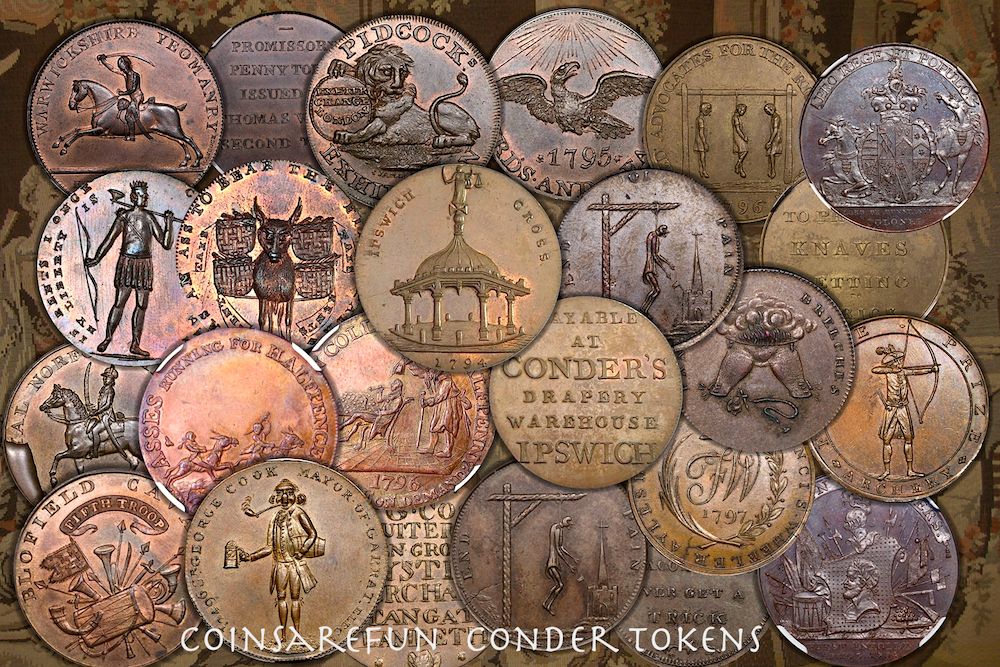
-
Thanks for the nice comment......haven't had a chance to drop by in a while and thought I would share.

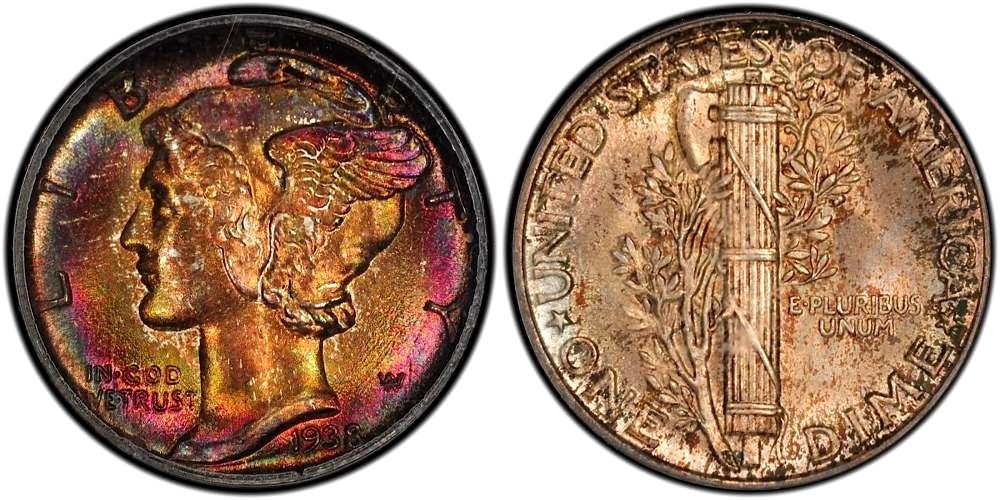


-
-
Haven't been by in a while and updated my token wallpapers and thought I would share.
Hope you like them.


-
More info: Breen assigned #972 for the half cent and #973 to the 1¢ restrike in his Breen's Complete Encyclopedia of U.S. and Colonial Coins, and supposedly made the comment: "these were struck sometime after WWII by Springfield, Massachusetts coin dealer Henry Evans in the late 1940's or early 1950's" and "examples are scarcely seen and seldom offered at auction". The restrike was supposedly listed in the Red Book through the 1960's and is highly collectable copy. Sometimes listed as "Evans" rather than the correct Evanson attribution. The single set of each of the dies (one cent and half cents were struck) had been defaced and destroyed years ago.\
Here's some pix of my halfcent...
Thanks for the added information. I had a plastic holder made for them and still have to get it inscribed.
I was also able to acquire another pair, so now I have two of each. I really enjoy them.
Here is the layout for the holders.

-
I have no intentions on bidding on this one, just thought it was a neat coin.
Also......I have no where near that amount of cash for it

Neat old PCGS Regency Holder though.


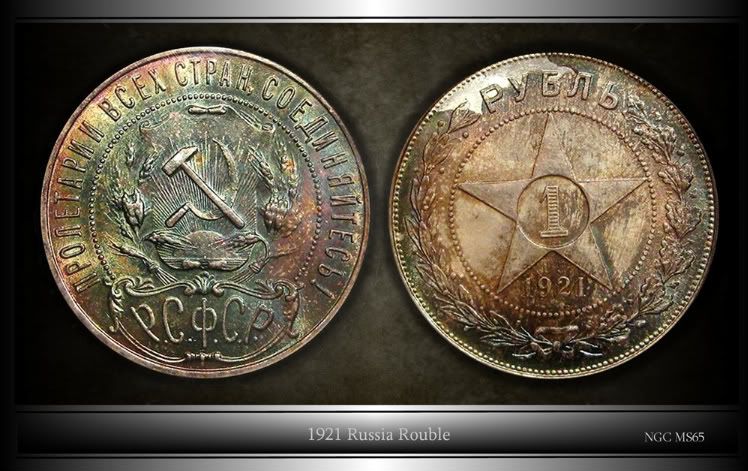
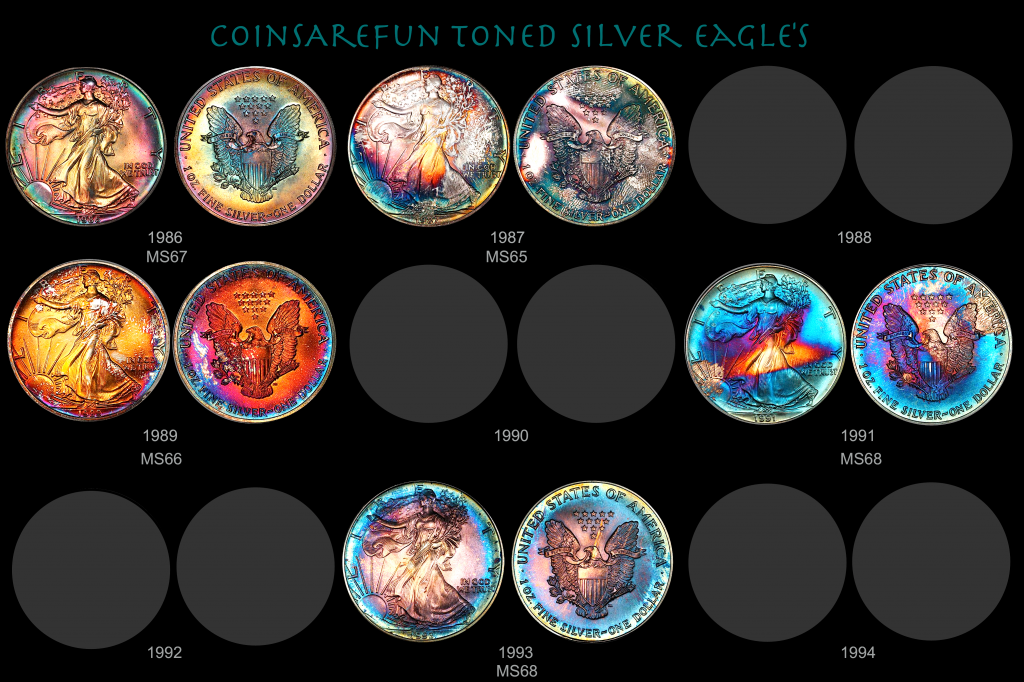
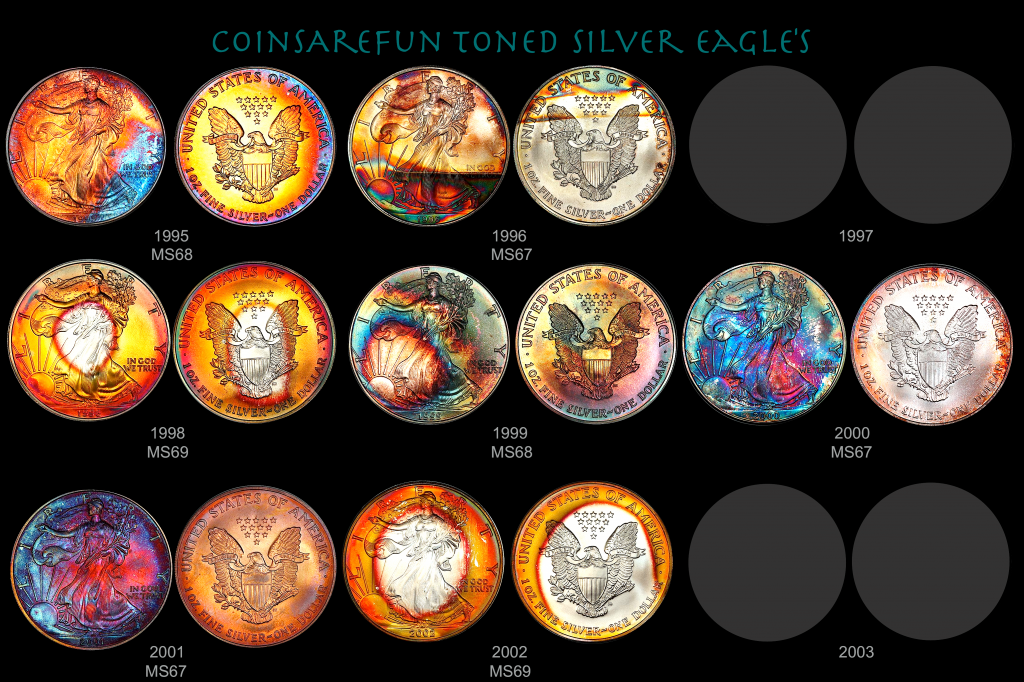
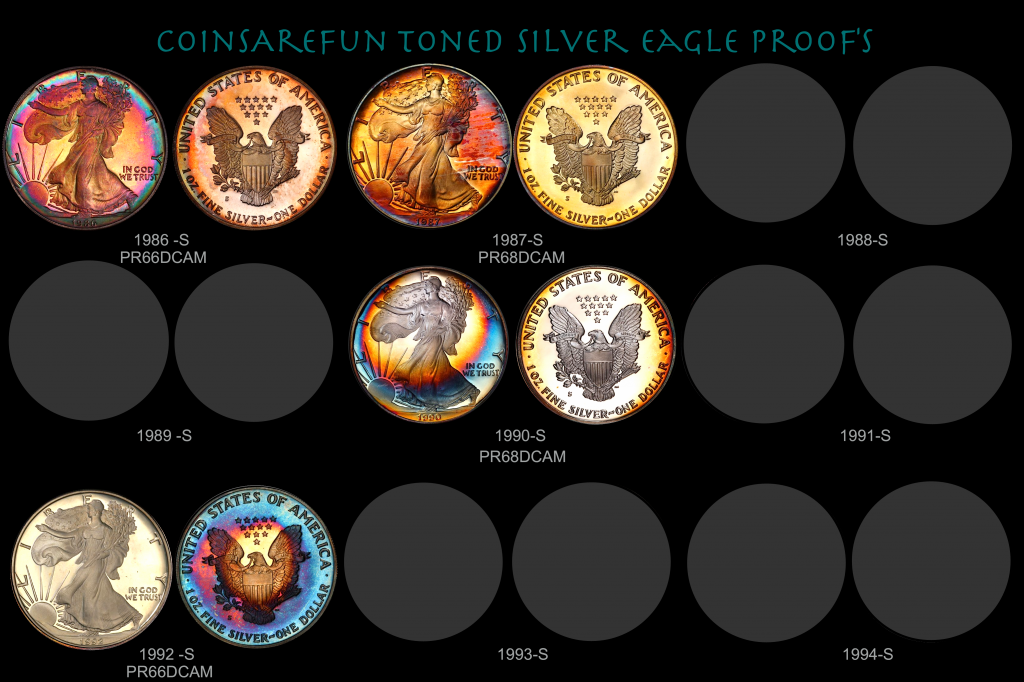
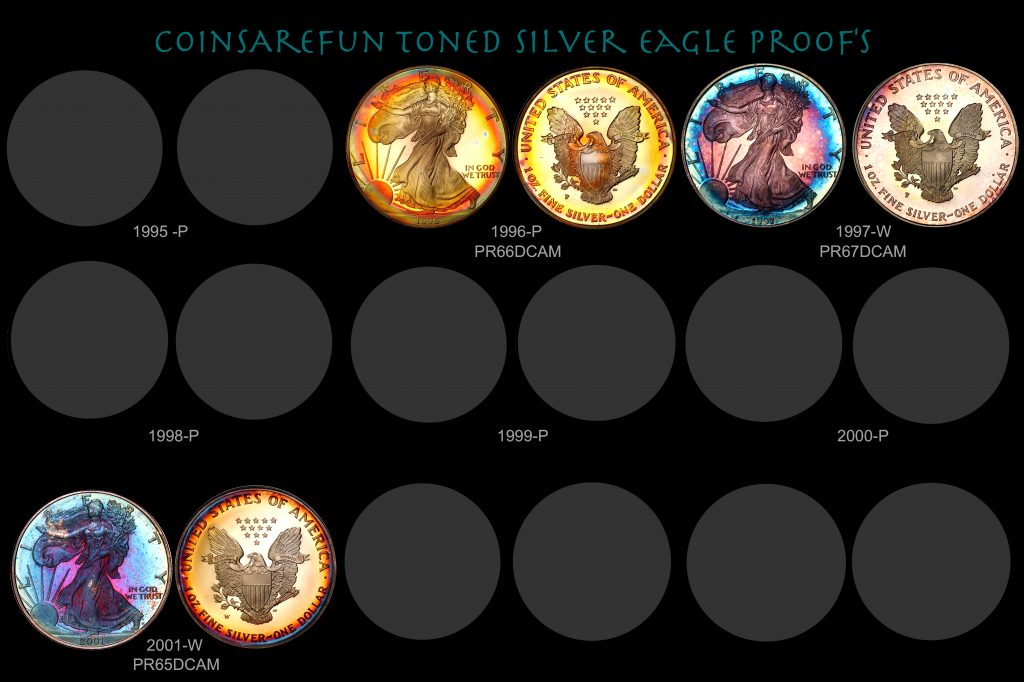
1925 50 Kopeks questions
in Russian Coin Forums
Posted
Hi everyone, I haven't posted in some time now so I hope everyone has been doing well.
I have a 1925 50K that I am posting and although it is in rough condition I am wondering if
it might be an impaired proof? I can't remember is proofs are plain edges or have lettered edges.
This one is lettered edge. The reason I ask if it might be a proof is that the strike is pretty good compared to my other 1925 I have. But it might be me